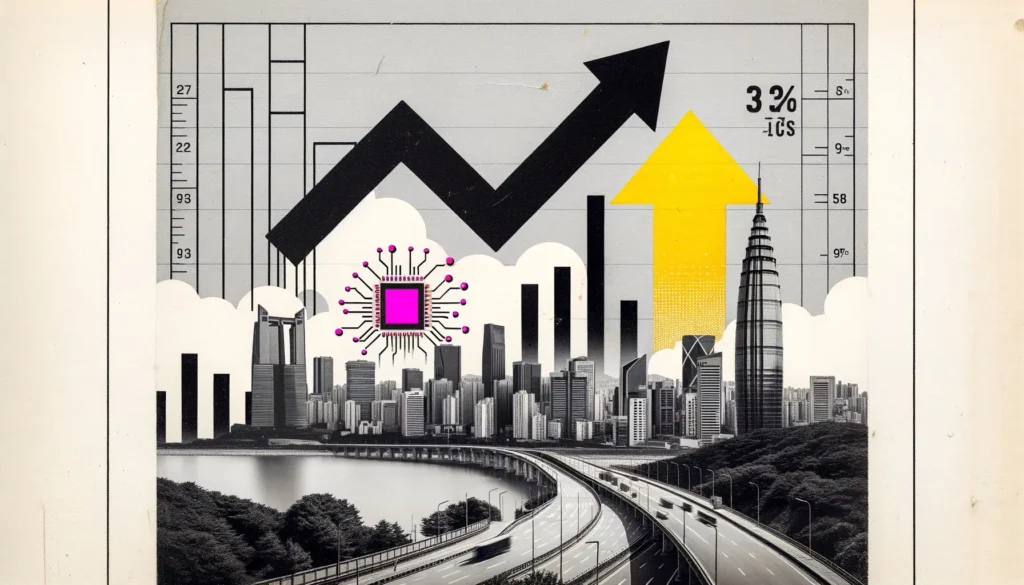South Korea stands on the verge of a significant monetary policy adjustment, as signs of economic stability have prompted the central bank to consider a series of rate cuts. This move, aimed at fostering further growth, reflects a broader trend of recalibration by global economies in their post-pandemic recovery phase. As the nation anticipates these changes, stakeholders from various sectors are keenly observing how these adjustments will impact the economic landscape.
South Korea’s Pending Rate Cuts: Timing & Scope
In response to sustained periods of economic stability, South Korea is poised to implement rate cuts in the upcoming months. Analysts predict that the Bank of Korea will commence this monetary easing as early as the next quarter, aiming to reduce the base rate currently held at an elevated level due to past inflationary pressures. The scope of these cuts is expected to be cautious, with initial adjustments likely being modest to avoid destabilizing the financial markets. This strategy is intended to support continued economic growth by making borrowing more affordable, thereby encouraging consumer spending and business investments.
The central bank’s decision is strategically timed to capitalize on the current economic calm, providing a stimulus to ensure the economy does not stagnate. The gradual approach in reducing rates reflects a balanced attempt to nurture growth while keeping an eye on global economic trends, which might influence future policy decisions. The exact timing and magnitude of the rate cuts will depend on ongoing economic data, but the intent is clear: to ease the financial burden and stimulate economic activity.
dessutom, the anticipated rate cuts are part of a broader economic strategy that includes addressing household debt levels, which have soared in recent years. By lowering interest rates, the central bank aims to alleviate the debt service burden on households, thereby enhancing consumer confidence and spending. This move is crucial as domestic consumption remains a key driver of the South Korean economy, and boosting it is essential for sustained economic momentum.
Economic Stability Triggers Policy Shift
The move towards rate cuts has been largely encouraged by a period of noticeable economic stability in South Korea. Inflation rates have begun to stabilize, and economic growth, while moderate, has been consistent. This stability provides the Bank of Korea with the necessary room to maneuver and address other pressing economic concerns, such as the high levels of household debt which pose a long-term risk to economic health.
Dessutom, the global economic landscape has shown signs of recovery, albeit uneven, which has reassured policymakers about the potential risks of lowering rates. International trade dynamics, particularly with major partners such as China and the United States, have also been favorable, further boosting confidence among South Korea’s economic planners. The robustness of the export sector continues to be a pillar of strength for the economy, underpinning the decision to shift towards more growth-oriented monetary policies.
Slutligen, the government’s fiscal policies have been supportive, complementing the central bank’s direction towards lower interest rates. Increased government spending on infrastructure and social welfare programs has helped to mitigate any immediate economic downturns, setting a solid foundation for the central bank to implement these rate cuts. This collaborative approach between monetary and fiscal policy is indicative of a comprehensive strategy to ensure that economic growth is both sustainable and inclusive.
As South Korea prepares for a series of strategic rate cuts, the overall sentiment remains cautiously optimistic. With the economy showing signs of stability and growth, the upcoming adjustments in monetary policy are seen as timely interventions to bolster economic activity. As these policies unfold, they will not only aim to rejuvenate domestic markets but also enhance South Korea’s position in the global economic arena. The next few months will be critical in determining how these theoretical plans translate into practical economic benefits, shaping the economic future of the nation.









